Abandoned buildings can be converted into homes with modular kitchen and bathroom block
Rotterdam studio Kraaijvanger has designed a modular kitchen and bathroom unit that can be inserted into an empty building to turn it into a residence (+ slideshow).
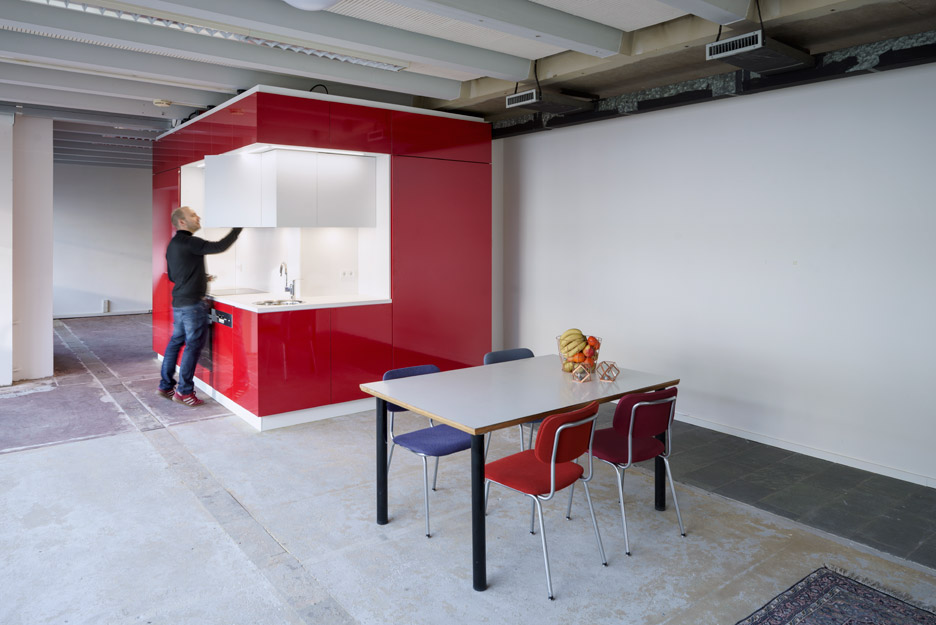
Called the Hub, the boxy 15-square-metre unit is designed by Kraaijvanger to be installed into almost any type of building, from disused office blocks to warehouses, as long as the structure has electricity and water connections.
Each module contains a kitchen, bathroom and toilet, as well as facilities including heating, a sound system and a Wi-Fi connection – providing residents with almost everything they need to live comfortably.
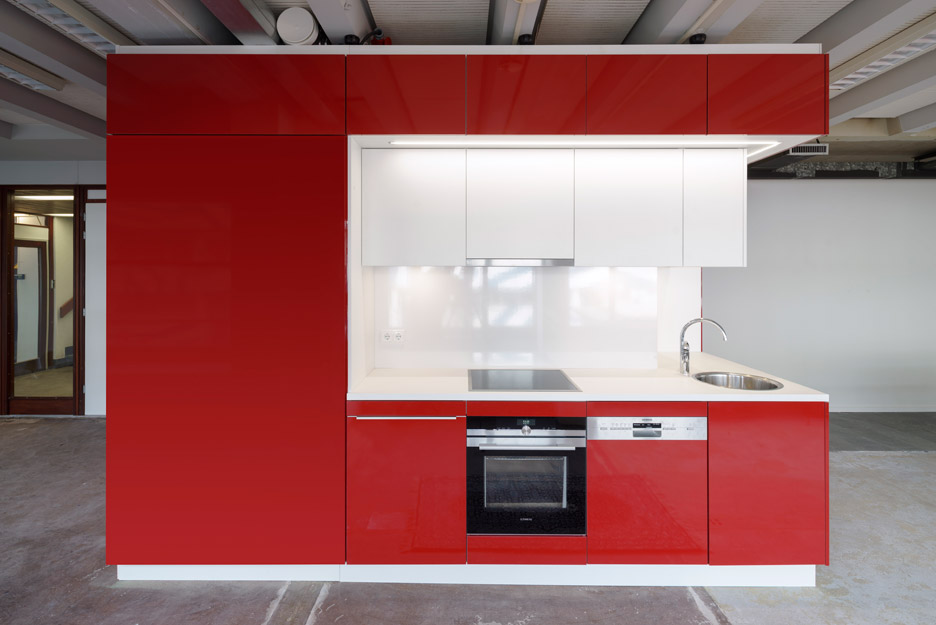
It is also possible to insert more than one unit into a building to create a series of homes, meaning the Hub could be used to accommodate families, students or even refugees.
"The Hub is a modular, easily dismantled system that allows empty buildings to be turned into homes in a few days," explained architect David Hess.
"When a building gets a different function or will be demolished, the Hub can easily be removed and placed somewhere else," he told Dezeen. "The idea is for users to rent or lease a Hub rather than buying it. So they aren't purchasing a home, just the comforts of one."
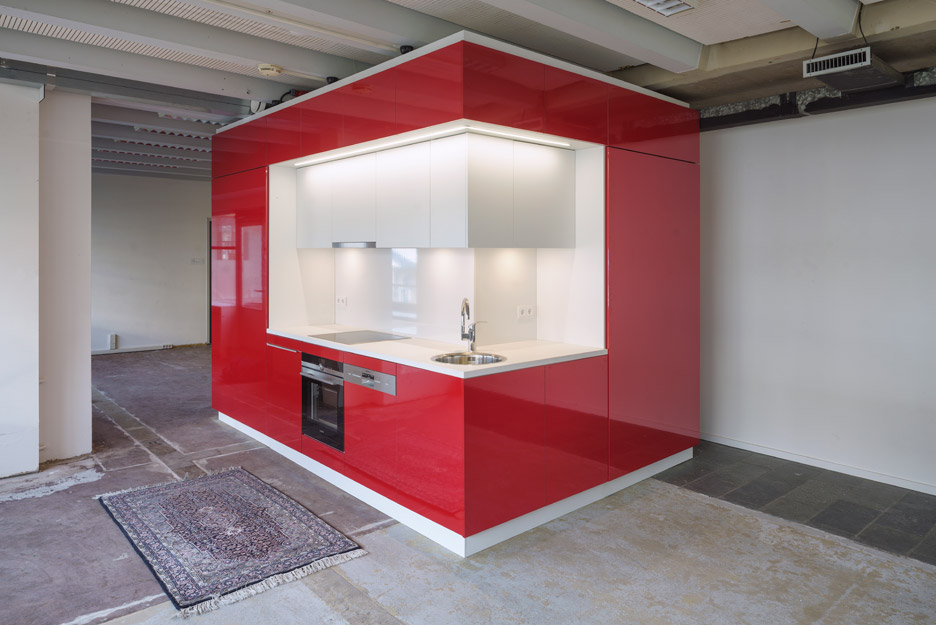
The project was the winning entry in a competition entitled "How will we live in the future?", organised by housing association Havensteder. The first Hubs have now been installed in a building in Rotterdam's Zomerhofkwartier district.
These pilot units are built from a mixture of high-pressure-laminated blockboard – a material made from softwood strips – and solid timber boards. They link up to mains power and water through piping and wiring in the floor.
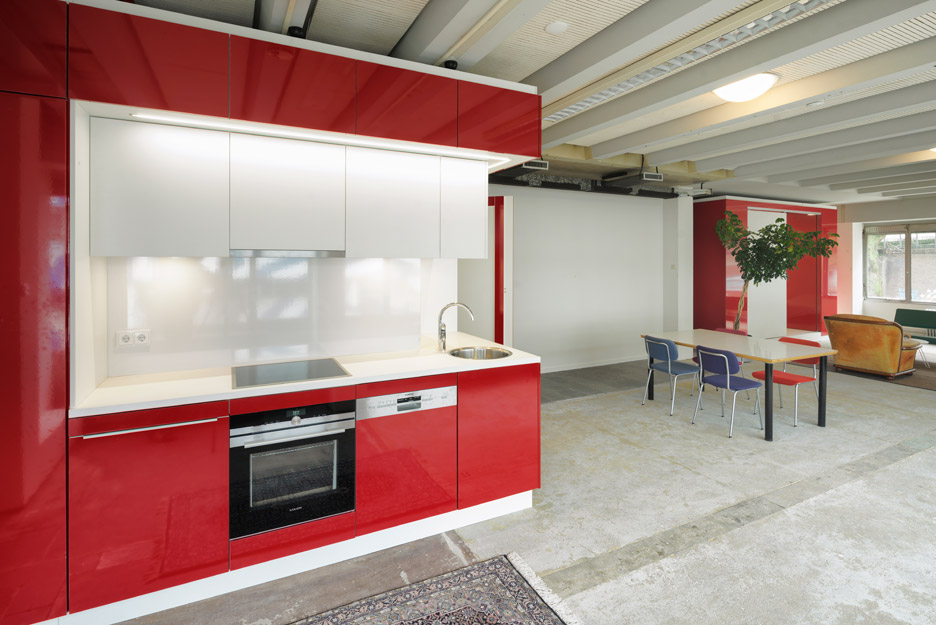
Hess has produced a series of drawings showing how different layouts can be created to suit different target audiences.
In these arrangements, the units also forms partitions to frame living spaces around them. There is also the possibility to add supplementary Hubs to create bedrooms or office areas.
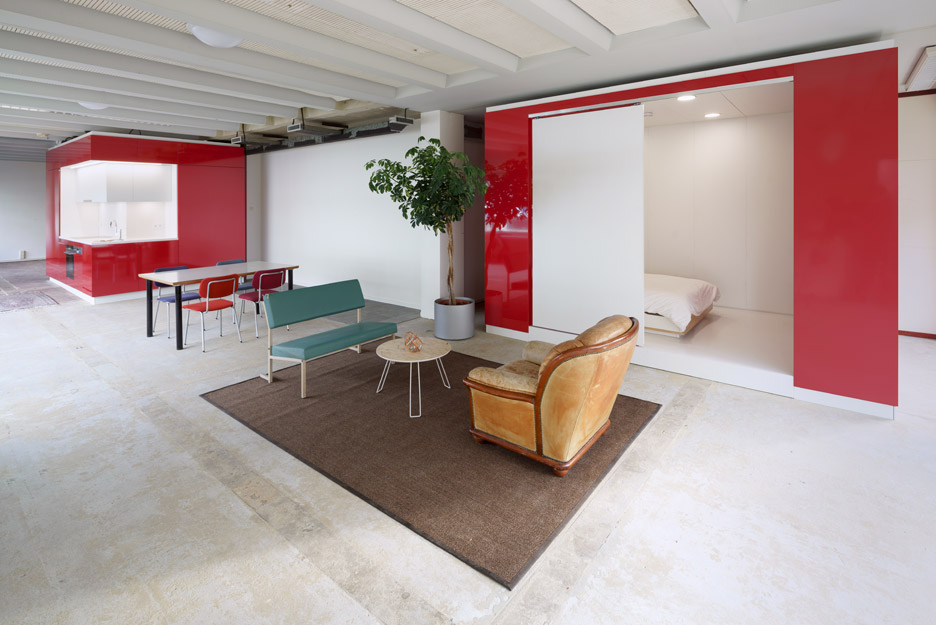
"We believe different target groups can be interested, it all depends on how the Hubs are placed," explained the architect.
"One family can share a Hub and use BedHubs as sleeping rooms, with the space in between used as a living area," he said. "But a Hub can also be shared by students or refugees. Then the room in which the Hub is placed becomes a communal area."
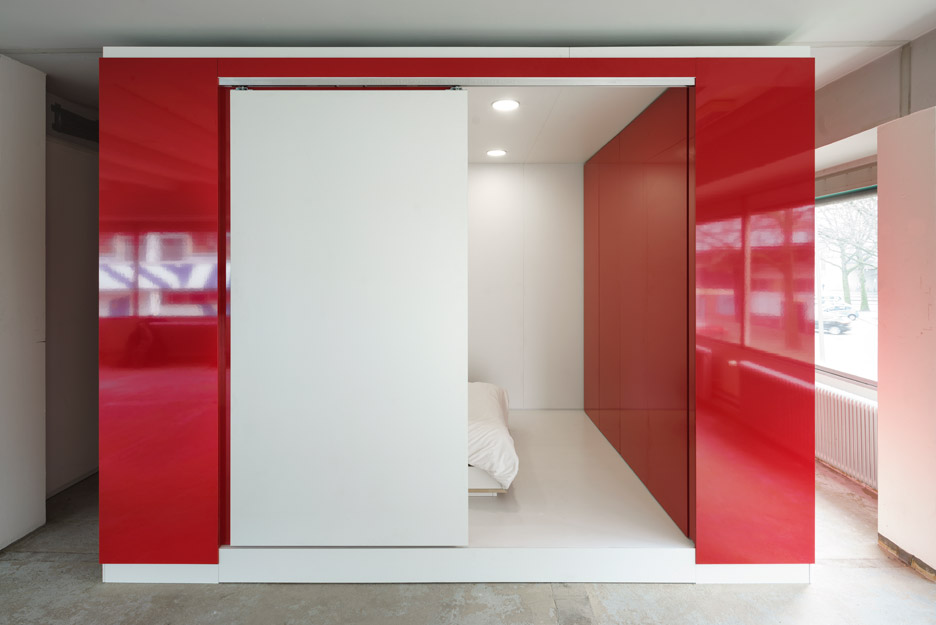
The Hub follows in the footsteps of similar projects launched in other countries. A Hong Kong studio has inserted bamboo micro homes into old factories, while a Bangkok office has designed temporary homes for abandoned towers.
Similarly, a Russian firm created portable sleeping capsules that have been installed at an airport and a hotel.
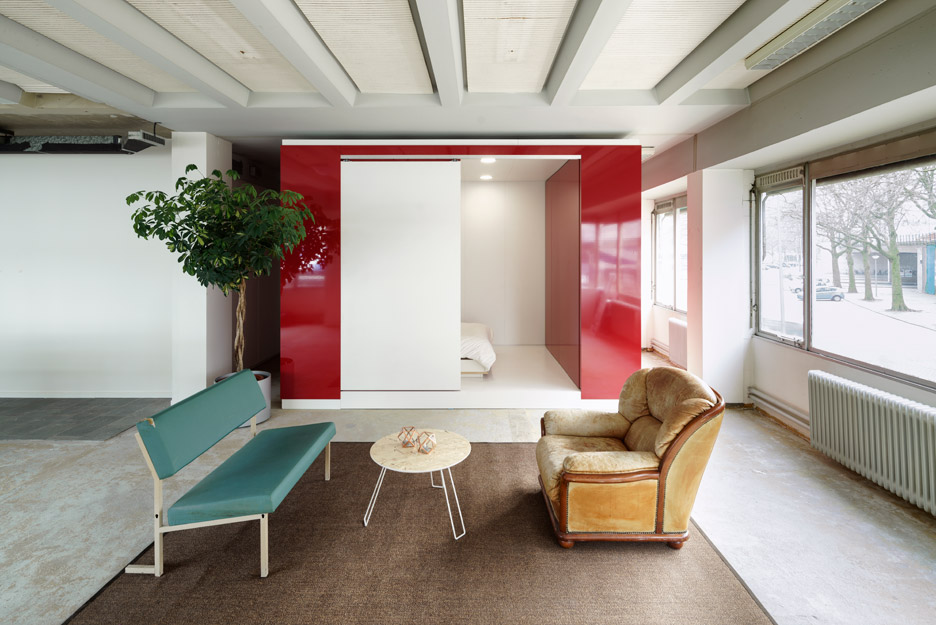
Architecture studio Kraaijvanger has been established in Rotterdam since the 1920s. Other recent projects by the firm include a pair of buildings added to a school in The Hague.
It is one of a number of forward-thinking studios based in the Dutch city, which is fast becoming a world-class destination for architectural innovation. Other projects to come out of the city in the last year include a smog-eating tower and the world's first crowdfunded bridge.
Photography is by Ronald Tilleman.



